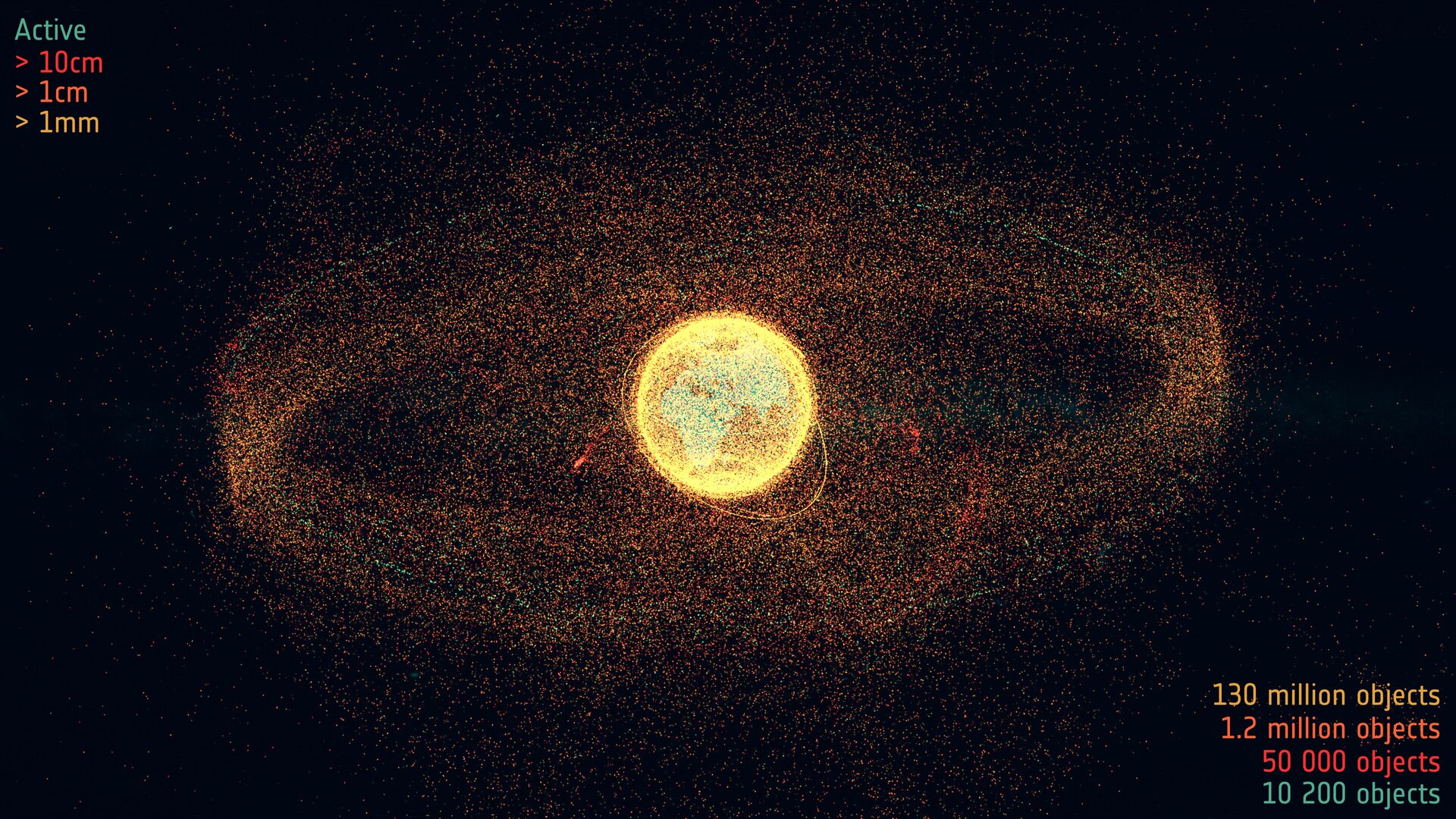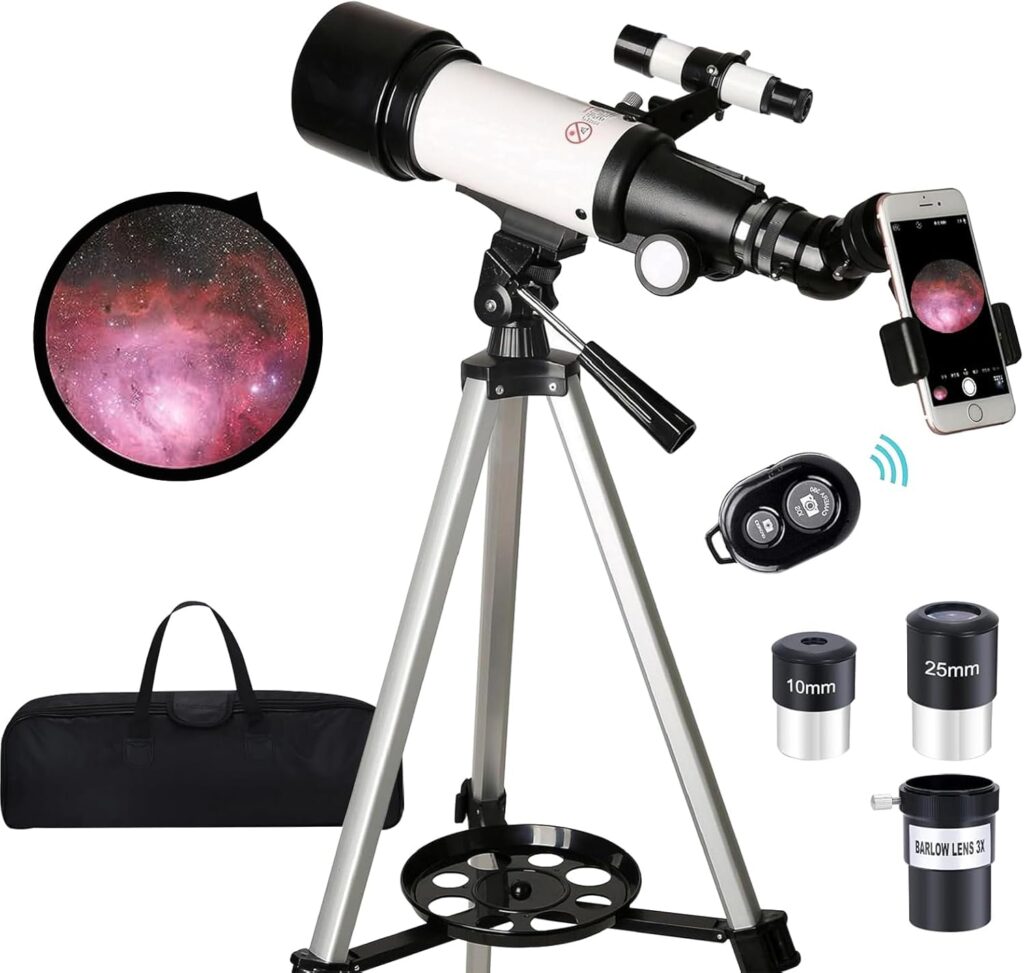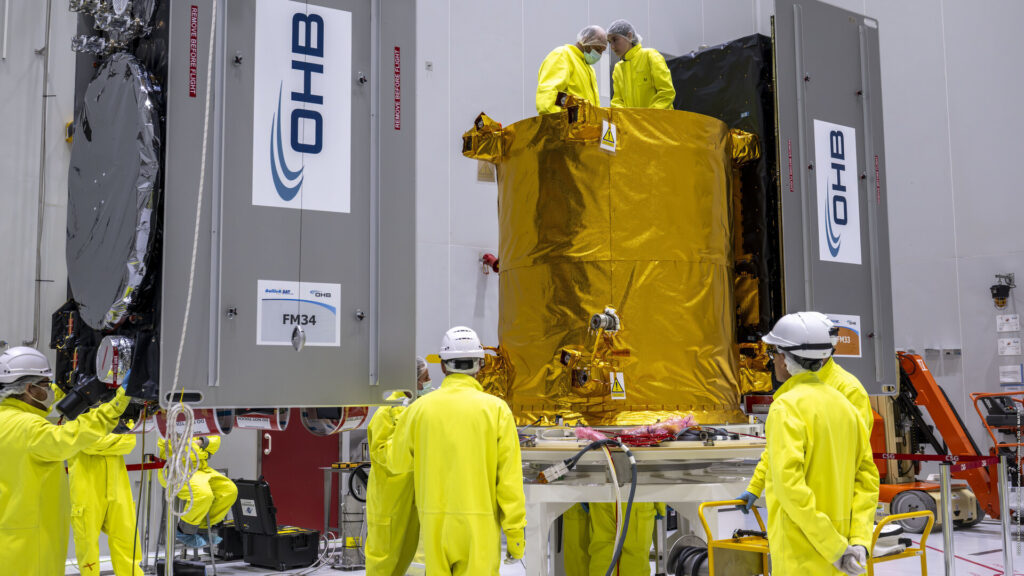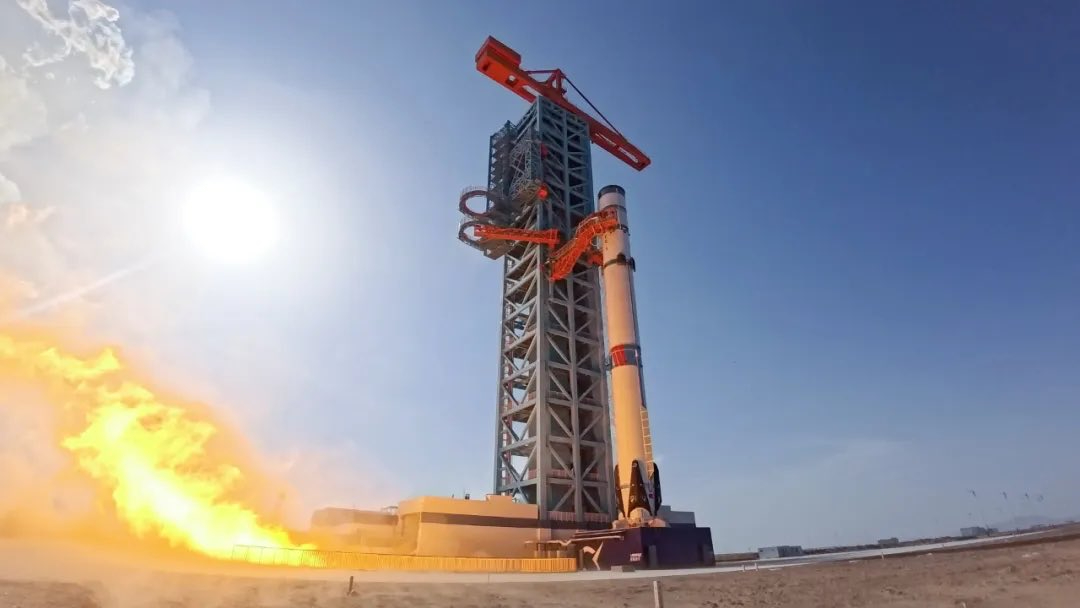Now Reading: ESA Launches Space Environment Health Index to Tackle Orbital Congestion and Pollution
-
01
ESA Launches Space Environment Health Index to Tackle Orbital Congestion and Pollution
ESA Launches Space Environment Health Index to Tackle Orbital Congestion and Pollution


As space activity intensifies, Earth’s orbit faces escalating congestion and pollution, prompting scientists to seek clearer metrics for sustainability in this unique environment. In response, the European Space Agency (ESA) is introducing a pioneering Space Environment Health Index in its annual Space Environment Report, designed to succinctly convey the state of our celestial surroundings through a single comprehensive figure.
Stijn Lemmens, a space debris mitigation analyst at ESA, emphasizes the significance of this new metric, heralding it as a simpler methodology that links the global impact of space debris mitigation efforts to measurable consequences in space. This index aims to foster a common vocabulary among stakeholders, enabling a better understanding of how various space missions affect the orbital environment over time.
Just as the scientific community relies on temperature as a key indicator of climate change, the burgeoning space sector requires a robust metric for evaluating the sustainability of orbital conditions. The Space Environment Health Index serves as this crucial tool, providing a quantifiable score that reflects the health or stress level of the orbital ecosystem, along with projecting potential outcomes up to 200 years into the future.
Although a single number cannot encapsulate the entirety of space dynamics, it can facilitate high-level discussions about orbital health. This index will offer a framework for assessing the environmental impact of individual missions, aligning with global sustainability initiatives, such as ESA’s objective to eliminate debris creation from its operations by 2030.
Developed over nearly a decade, the Space Environment Health Index distills complex interactions among space traffic, operational behaviors, and orbital mechanics into an accessible score. Factors considered include the dimensions and shape of space objects, their expected orbital lifespan, their collision avoidance capabilities, safety measures against post-mission explosions, and their fragmentation risks. Together, these elements compile a holistic risk profile that quantifies how each mission could contribute to space debris and alter the environment over a two-century horizon.
The higher the score, the more detrimental the impact on the orbital ecosystem; conversely, a lower score signifies more environmentally responsible actions. This system could function similarly to energy efficiency ratings for appliances, providing operators with clear sustainability benchmarks.
Alarmingly, the current state of the orbital environment is concerning, as reflected by the most recent Health Index, which indicates that we are operating well above acceptable sustainability levels. An index score of 4 signals a dramatically increased risk, four times greater than the thresholds outlined by the Inter-Agency Space Debris Coordination Committee in 2014. Despite ongoing efforts by satellite operators to implement debris mitigation strategies, the growing number of satellites and debris has exacerbated the situation, underscoring the urgent need for more decisive actions.
The Health Index transcends theory, offering practical guidance for effective mission design to mitigate environmental impacts, akin to other life-cycle assessment frameworks. Aiming for a lower score could drive the adoption of better practices, such as ensuring shorter orbital lifetimes, implementing reliable deorbit procedures, and enhancing capabilities to avoid collisions.
ESA’s Francesca Letizia notes that the agency has already employed the Health Index concept successfully in practice to align with its Zero Debris strategy, balancing ambitious goals with actionable data. Furthermore, this index could be integral to future licensing and regulatory frameworks, promoting sustainable mission planning by establishing criteria for risk assessment and compliance.
As the space community grapples with the implications of ongoing launches, some may wonder if the perceived dangers are far off enough to postpone action. However, experts argue that the cumulative effects of adding objects to orbit, as well as the increasing frequency of fragmentation events, make immediate action imperative. Delaying intervention now could lead to skyrocketing operational costs and restricted access to key orbits in the future.
The introduction of the Space Environment Health Index symbolizes a critical step toward making the idea of sustainability in space more tangible. It provides a tool for accountability and collaboration across the sector, reinforcing the urgency of ESA’s Zero Debris initiative and underscoring the shared responsibility to safeguard the orbital environment for future generations.
Stay Informed With the Latest & Most Important News
-
 012024 in Review: Highlights from NASA in Silicon Valley
012024 in Review: Highlights from NASA in Silicon Valley -
 02Panasonic Leica Summilux DG 15mm f/1.7 ASPH review
02Panasonic Leica Summilux DG 15mm f/1.7 ASPH review -
 03How New NASA, India Earth Satellite NISAR Will See Earth
03How New NASA, India Earth Satellite NISAR Will See Earth -
 04From Polymerization-Enabled Folding and Assembly to Chemical Evolution: Key Processes for Emergence of Functional Polymers in the Origin of Life
04From Polymerization-Enabled Folding and Assembly to Chemical Evolution: Key Processes for Emergence of Functional Polymers in the Origin of Life -
 05And Thus Begins A New Year For Life On Earth
05And Thus Begins A New Year For Life On Earth -
 06Astronomy Activation Ambassadors: A New Era
06Astronomy Activation Ambassadors: A New Era -
07SpaceX launch surge helps set new global launch record in 2024




















